Popular games published by company Namco
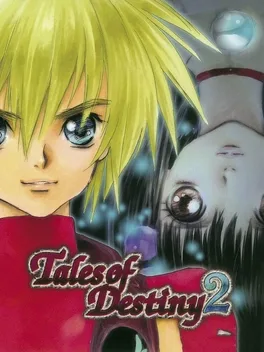
Tales of Destiny 2 is a direct sequel to the Playstation's Tales of Destiny. The game's battle system retains the same fluid, fast-paced action combat of its predecessor Tales of Eternia, but adds a range of experimental features including a stamina gauge and a fairly high level of character, equipment, and skill customisation.

Micro Machines V3 takes the immensely popular miniature-scale racing series to a new level by adding weapons and power-ups to the fray. Now you can grab turbo charges for bursts of speed or blast away opponents with grenades and force-fields. For the first time on a portable system you can still drive all of your favorite Micro Machines vehicles on all the classic tracks such as the pool tale and sand-box, but now you can do it with an attitude! Features 48 courses - breakfast table, school desk, science lab, beach, restaurant, garden, pool table, etc. Power-ups to blitz the opposition include: hammer, mines, force-field, etc. Collect, test and gamble special prize cars for up to 32 vehicles -- including monster trucks, transmutable cars, futuristic cars which are all faster than before.
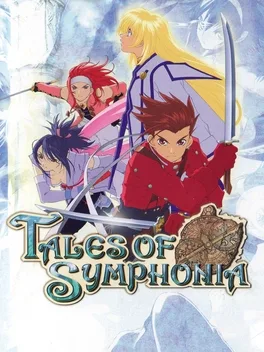
In a dying world, legend has it that a Chosen One will one day rise from amongst the people and the land will be reborn. The line between good and evil blurs in this epic adventure where the fate of two interlocked worlds hangs in the balance.
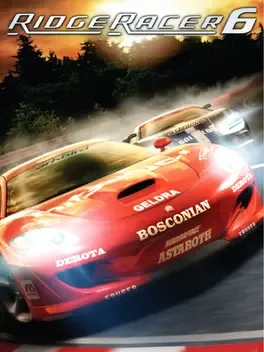
Ridge Racer 6 is the sixth installment in the Ridge Racer series of racing games. Like previous Ridge Racer titles, the focus of gameplay is on placing first out of 14 in numerous 3-lap races across several tracks and numerous cars.
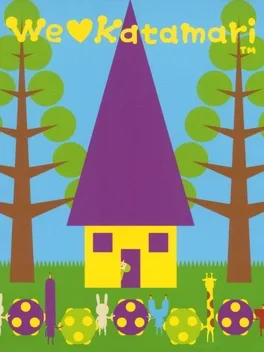
We Love Katamari, is a third-person puzzle-action video game where the player controls the Prince, the 5-centimeter-tall son of the god-like entity the King of All Cosmos, who rolls around a "katamari", a magical ball that causes objects smaller than it to attach to it. Throughout each level, the play must collect objects in order to fulfill objectives set by the prince's father.
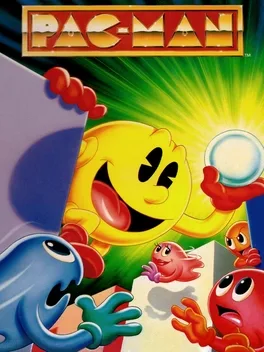
The NES port of the arcade classic.

The King of All Cosmos accidentally destroyed the stars and—having recovered—wants the prince to rebuild them. Unfortunately the prince stands a little less than half a foot tall, so recreating the stars will require some effort. Enter the Katamari, a sphere the prince can push around our world to “roll up” items increasing the Katamari’s size until it’s suitable for the King. Taking place in stylized versions of Japanese houses, cities, and environs, the prince pushes the Katamari around collecting items which adhere to it. At first, the prince can only pick up smaller items, but as the Katamari grows, the more it can collect. Push pins and paper clips cling to the Katamari increasing its size so it can roll over obstacles and pick up bigger items. Over many levels, the Katamari can eventually pick up people, cars, and other bigger items. Players steer the Katamari from a third-person perspective using the analog sticks on the PS2. A tutorial stage takes the player through the controls and sets up the story as well as introducing a side story about a Japanese girl who can feel the cosmos. Wanting to challenge the prince, the King sets requirements on the Katamari’s size and sets time limits on the level. Bonus missions restore constellations and have their own restrictions. The world of Katamari Damacy is brought to life with off-beat animation and a catchy soundtrack. Players can find presents hidden in the levels that contain accessories for the prince. Two players can also battle head-to-head in a Katamari competition.

R4: Ridge Racer Type 4 is the fourth game in the Ridge Racer series. It includes eight tracks (with reverse variants, for a total of 16 layouts) and 321 vehicles, all of which are fictional. This iteration was one of the first PlayStation titles to feature Gouraud shading on polygons, giving the game a visual depth that was previously missing. It was also the first Ridge Racer game on the system to feature two-player split-screen mode and offered two different driving models.
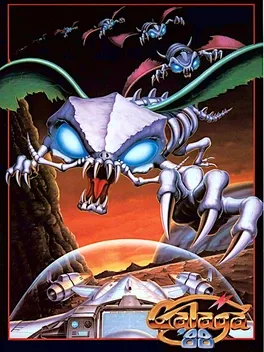
The gameplay in Galaga '88 is built on the same premise as that of the original Galaga game, but is in many ways more complex and more difficult. The game is divided into a series of 29 Stages distributed through eight Worlds. The starship Galaga accelerates between Stages and Worlds and even to higher dimensions (go to the section on Dimensional Travel below to find out more). With the exception of the third and eighth, each World culminates in a Challenging Stage. There are six such stages to engage in any full game, and each begins with the on-screen announcement "That's Galactic Dancin'!" and has its own YM2151-generated song to which the enemy formations dance. In any given Challenging Stage, both the design of the enemies and their dancing formations shall vary according to the player's current Dimension. As in Galaga, the objective is to destroy all forty enemies before they fly away off the screen. However, refraining completely from touching any controls for the duration of a Challenging Stage awards a "secret bonus" ranging in value from 10000 to 25000 points, and equal to the "special bonus" which would have been awarded for destroying all forty enemy aliens instead. Galaga '88 introduces a variety of new enemies and behaviors. Most of these special enemies are worth varying amounts of bonus points when destroyed. Some enemies can combine into larger enemies which take multiple hits to destroy, while others arrive in eggs, explode in a shower of fireworks, grow with multiple hits, or sport armor which makes them invincible while in formation. Certain enemies drop small formations of tiny creatures that wiggle their way down the screen, and still others can act as escorts to incoming groups of enemies and then quickly dive at the player before leaving the game. Most stages also include various obstacles which appear once the enemy formation has been assembled. These can be destroyed with either one or several shots, and the first one on each stage will leave a "Warp Capsule". At the start of the game, the player can select how many Galaga starships to start with (one or two), affecting their number of remaining lives. The game ends after the final boss is defeated (or when the player's last ship is destroyed or captured) - in the latter case, the player can continue the game for an additional credit. The Game Over screen shows the player's hit-miss ratio and a visual representation of their progress. If the player reaches Stage 27, the game also shows a picture of the final boss (damaged if defeated, but silhouetted if not). If the arcade operator has set the "continue" option to "on", the player also cannot continue if he is defeated on Stages 27-29.

Mr. Driller's world has been covered with mysterious colored blocks. Armed with only a mighty drill, you'll have to dig your way down to safety before his air supply runs out! It will take quick thinking and sharp reflexes to get the job done. Can you handle the challenge? Mr Driller is a real-time puzzle game that relies solely on quick-thinking and a bit of planning. Gameplay is a combination of Tetris and Boulder Dash: You have to drill down through multi-colored blocks to reach the bottom while avoiding the consequences of reckless drilling (blocks may fall on you and crush you).
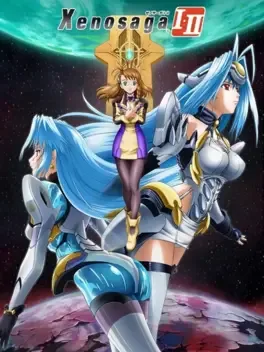
Xenosaga I & II is a combined remake and retelling of Xenosaga Episode 1 and 2 redesigned for the Nintendo DS. The story changes were handled by the creator of the series. The game changes large parts of the storyline in Episode 1 while following the elements established in the original game. This includes adding new characters and changing how some scenarios play out. Changes in Episode 2 were much larger as the main character perspective of the game was switched from Jr. to Shion to match up with Episode 1 and 3. Some characters are removed from the story or have their fates changed or revealed. Some dungeons are removed, edited, or replaced. It also answers some questions that the original did not as you follow a different path through the same overall story. It also changes the combat mechanics of Episode 2 to match Episode 1.
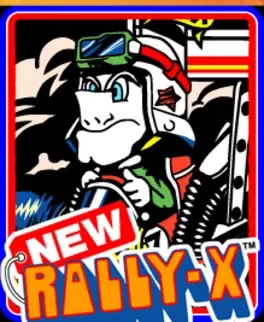
New Rally-X is a maze and driving arcade game that was released by Namco in 1981. It runs on similar hardware to that of its predecessor, and as its name suggests, it is a revised version of that title, which was released in the previous year. The only differences are that it has slightly enhanced graphics, easier gameplay, a new soundtrack, and a "Lucky Flag" (with the letter "L") that gives the player extra points for remaining fuel when collected, after which the round will continue if there are still flags remaining. The mazes are mostly identical, with some of the blocks from Rally-X changed into roads to reduce dead ends, and some different flag (and rock) locations. This title was manufactured in greater numbers and was much more popular in Japan than its predecessor.

The PS1 version of Tales of Phantasia contains new features including an animated opening sequence produced by Japanese studio Production I.G., re-drawn character sprites and backgrounds, a 3D-rendered world map, and re-recorded character audio to better accommodate the compact disc format. The inclusion of animated Skits and a modified version of the battle system resembling that used in Destiny, were added. For the battle system, the team wanted to increase the overall battle speed and combo potential. Suzu Fubayashi, a non-playable supporting character in the original release, was also made playable as an optional party member.
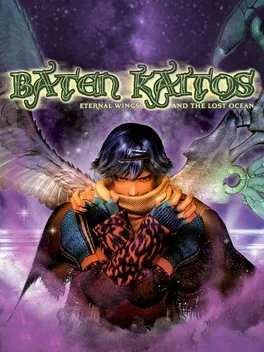
An original roleplaying game for Nintendo GameCube from the team behind Xenosaga. The game makes heavy use of cards for everything from fighting battles to purchasing items. Cards are actually a central part of the story as well, as they are holders for "Magnus" which is short for "Magna Essence." Magnus is the true nature of all things throughout the world, including swords, magic spells and even apples that are gathered in the town in which your adventures start out. A real item can be turned into Magnus form and stored in a blank card. It can then be taken out from the card and will turn back into real form. Features detailed CG cutscenes to tell the story and turn-based battle sequences.
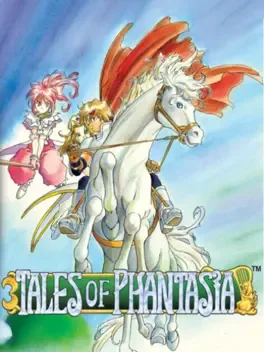
Tales of Phantasia is the first installment of the Tales series, and was released by Namco in 1995 for the Super Famicom. Released at the end of 1995, Tales of Phantasia is considered one of the crowning achievements for its time. It has graphics that push the console to its limits, an original never-before-seen battle system, and the addition of actual voices and voice actors. It is also the first and only Super Famicom game to feature an entirely original, vocalized theme song featured directly in the game.
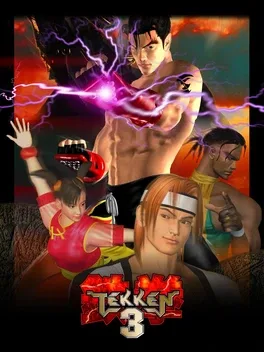
Tekken 3 is the third installment in the Tekken series, it maintains the same core fighting system as its predecessors but brings many improvements such as significantly more detailed graphics and animations, fifteen new characters added to the game's roster, more modern music and faster gameplay.
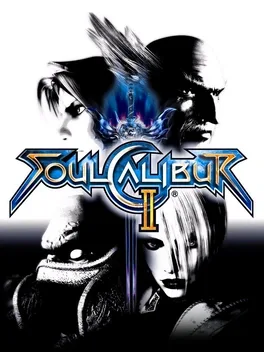
SoulCalibur II for the PlayStation 2 is an expanded port of the Arcade game, including Heihachi as a playable character and new game modes.

SoulCalibur is a weapon-based 3D fighting game developed by Project Soul and produced by Namco. It is the second game in the Soul series, preceded by Soul Edge (1996). Originally released in arcades in 1998, it ran on the Namco System 12 hardware. In 1999 it was ported to the Dreamcast with improved graphics and new features. The North American version was released in September 1999 as a launch title for the Dreamcast and was part of the successful launch of the new console. It became available as a downloadable title on Xbox 360's Xbox Live Marketplace in 2008. The title brought many innovations to the fighting game genre that include a heavy emphasis on weapons and a unique eight-way movement system. Soulcalibur is widely regarded as one of the best Dreamcast titles and is one of the most critically acclaimed fighting games of all time.
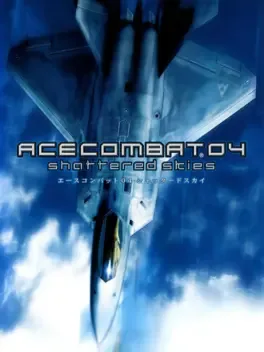
Ace Combat 04: Shattered Skies is an aerial combat simulation. It allows the player to participate in semi-realistic dog-fighting with a collection of fighter jets, including the F-22 Raptor, F-16 Fighting Falcon, F-117 Nighthawk, U-2 Dragon Lady, C-130 Hercules and SR-71 Blackbird. Eighteen missions will take the player from search-and-destroy buildings to one-on-one and all-on-all dog-fighting. Along the way it becomes possible to upgrade the fighter with defense systems, deadly weapons, and other accessories.
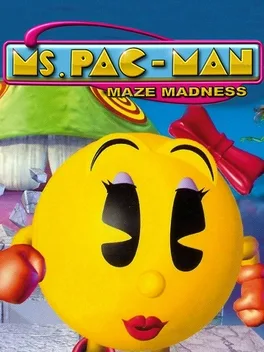
Professor Pac learns that the witch, Mesmerelda, has seized control of the Enchanted Castle using black magic and from there is planning on stealing all four Gems of Virtue (Generosity; Truth; Wisdom; Courage) to control the "four wonders" (areas of Pac-Land). He creates a device called a Pactrometer which allows Ms. Pac-Man to go to these areas to recover the gems before Mesmerelda can get them first.

Rage Racer is the third title in the Ridge Racer series of racing games. For the first time in series, Rage Racer introduces a brand new advanced single player career system which uses credits that player can get after winning races, then it can be used to buy or upgrade cars.
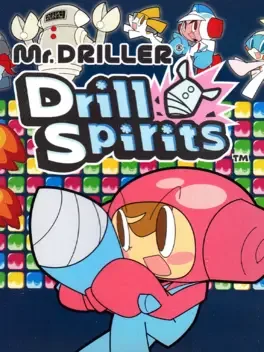
Mr. Driller, experienced with the drill, much use his abilities to dig beneath the Earth's crust in a race to the finish in order to save the day. Dangerous traps await as you dig through the puzzle layout to the goal, and be careful of Mr. Driller's air supply which can run out quickly. Find the right powerups to increase abilities and air supply while fighting the time clock.
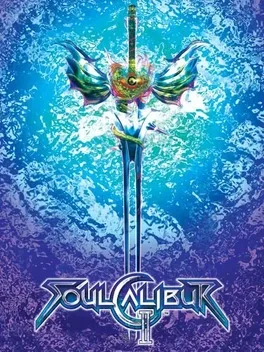
SoulCalibur II is the third installment in the Soul series and continues the tradition of his predecessors with improved graphics, new characters and new levels. A majority of the action takes place in Weapon Master mode where you have to choose a character and travel a set map to fight the many other warriors through different levels and challenges. Console ports were released, including guest characters from other franchises. The Arcade version has a unique mode called "Conquest Mode". This mode, which uses a name and password system to save data, allows the player to select one army among four. The player then fights against enemies in a series of eight 1-round battles, win or lose (the first seven are based on the player's rank, and the eighth is chosen by the player – this can only be interrupted by a Versus challenger.) After each round, the player earns EXP and can be promoted, and the game also rates the player in four categories: Soul, Power, Wisdom and Skill. The game also keeps track of which moves the player knows and uses most often. After the eight battles, territory control is updated and the player has the option to fight a bonus round against their character played by the AI.
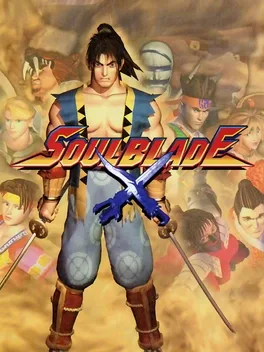
The console version of Soul Edge adds more content to the original arcade game such as new characters and additional game modes.